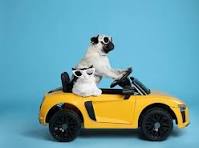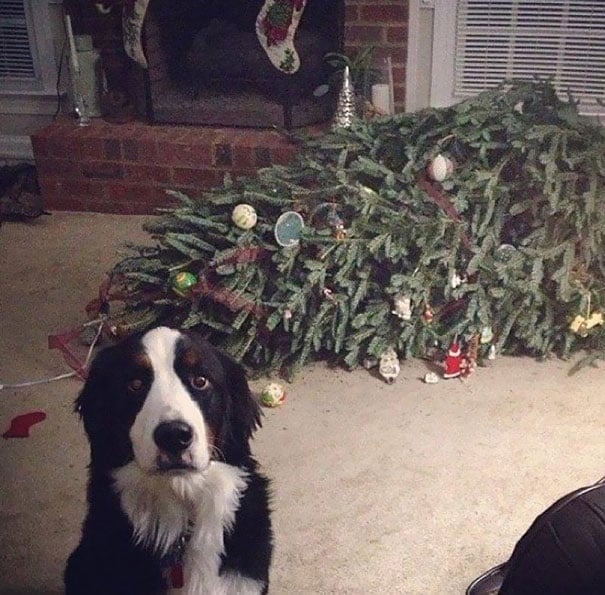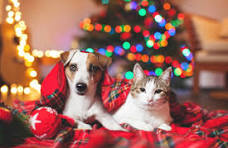
More than 600 million cats share the planet with us, and although we have cohabitated for close to 12,000 years, cats and humans don’t always understand each other. Researchers at Tufts University School of Veterinary Medicine say that a cat’s brain is more similar to the human brain than to a dog’s brain, yet feline behavior can be baffling.
In celebration of Answer Your Cat’s Question Day (January 22nd), take a little more time than usual to tune in and connect with your favorite kitty cat. You may uncover a question or two she has been dying to know the answer to, and in the process, you may unlock some of her puzzling behavior.
- Why do you keep on petting even when I have had enough?
Snowball is purring and you are enjoying the touch of her soft silky fur against your fingertips. Suddenly, hyper-dermic-like teeth penetrate your arm! A love-bite? Maybe, but some behavior experts refer to this as petting-induced aggression and Snowball’s response is simple, “I’ve been annoyed by your constant petting and you didn’t stop.” Although your canine pal may let you continue on and on and on with a belly rub, cats are not small dogs. They are different creatures altogether, and the non-stop pressure on their tender bodies has its limits. Pay attention. Your cat will give you signals: flattened ears, whiskers pulled back, pupils dilated, and a whipping tail, all mean it’s time for a break! Taking a different cue from your kitty though, is understanding her head-butting or bunting, which is a form of feline affection. Cats have scent glands at the base of their tail, between their toes, under their chin, along their temples on their ears, and at the corners of their cute little feline mouths. With so many scent glands on your kitty’s noggin, her bumps are nudges of endearment as she is marking you as her territory.
- Why are you obsessed with my poop but get upset when I pee on the carpet?
My precocious furry friend, I’m worried about you! What goes in, must come out, and it should look a certain way if you are a healthy kitty cat, so although your poop is not my favorite thing to look at, I’m trying to keep tabs on your health. If you don’t poop often enough, too frequently, if it is runny, dark, or has blood, mom or dad needs to get you checked out by your vet. The same goes for your pee. You know your manners by now, and I know you’re not trying to be a bad kitty, so if you’re not answering nature’s call where we agreed upon (in your litter box), that must mean you can’t make it there in time and might have a Urinary Tract Infection or other problem. I know that cats are finicky and like a clean bathroom, so I will do my best to clean your box regularly, provide you with your privacy, and use the litter you like best.
Here are some more questions your cat may have for you:
Why do you love taking photos of me with that flashing camera every day?
Why do you keep bringing different people into the home? It makes me nervous.
Why don’t you let me outside?










